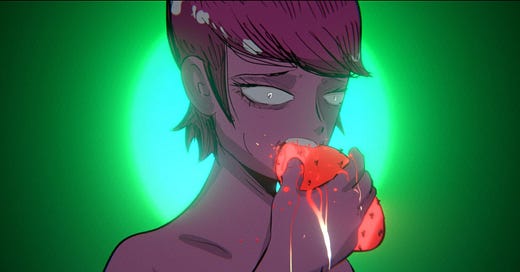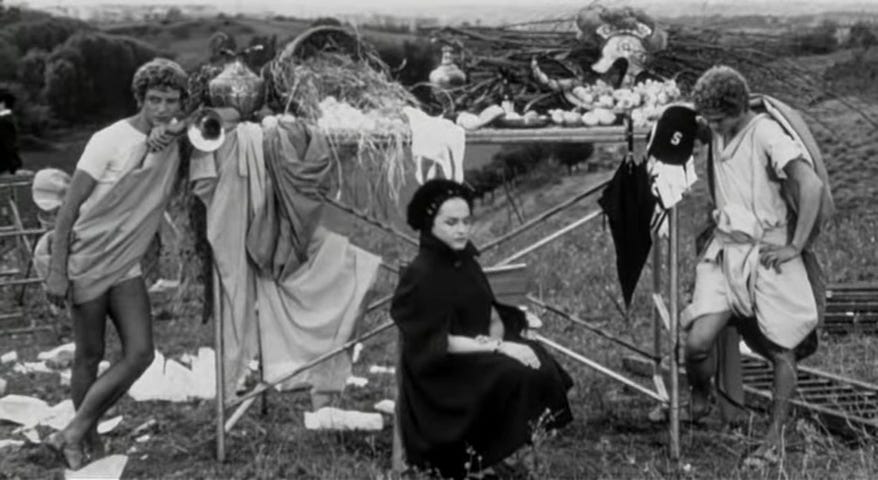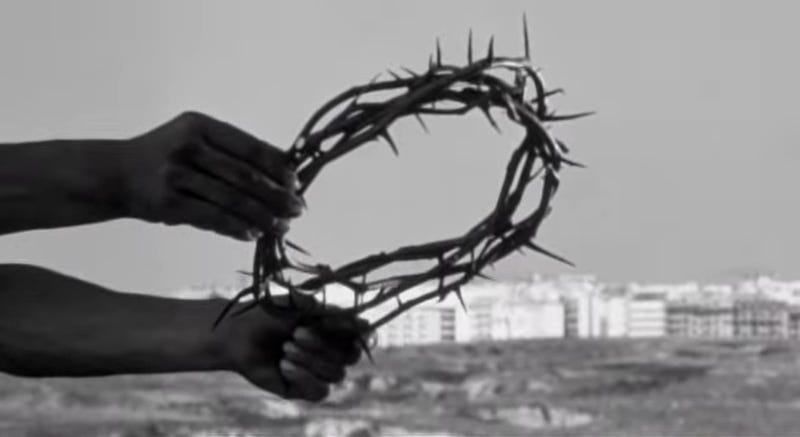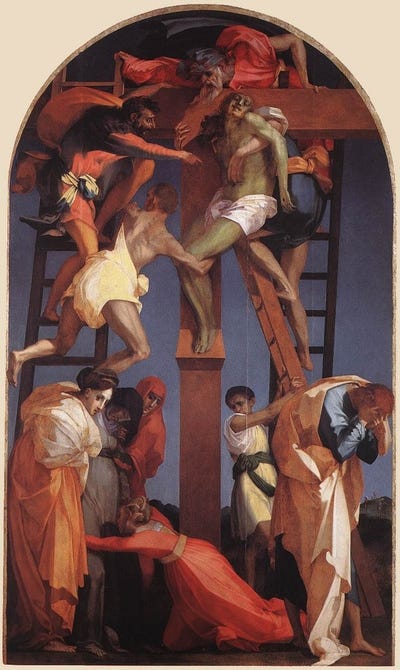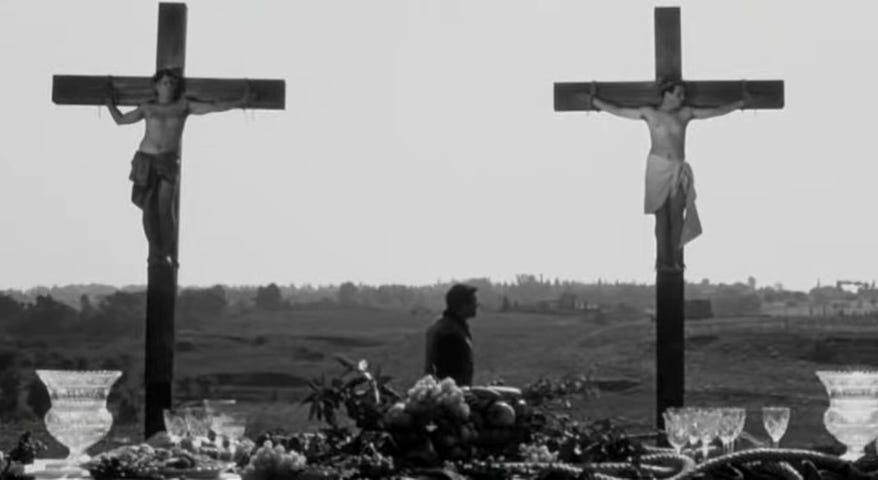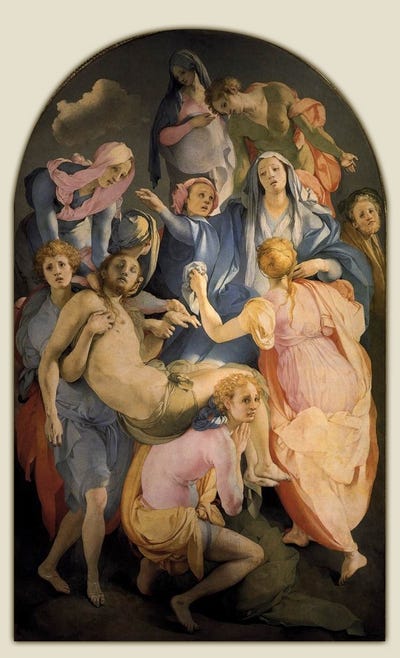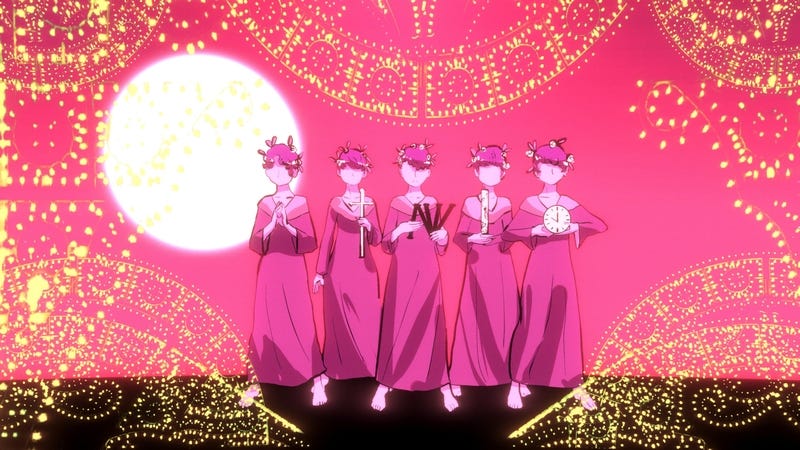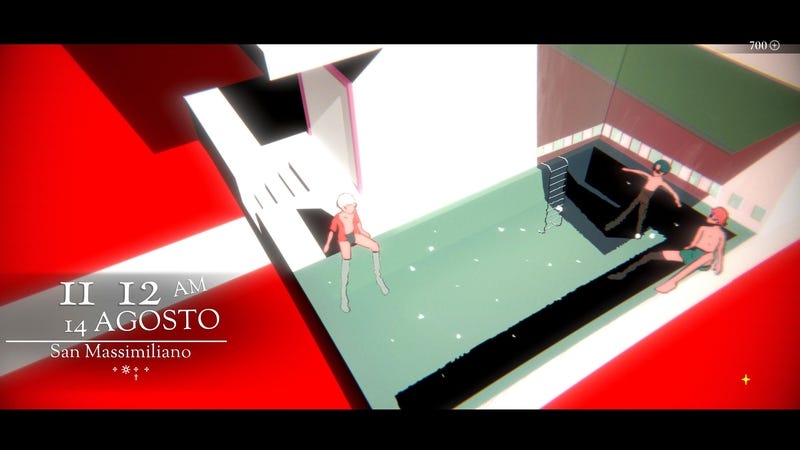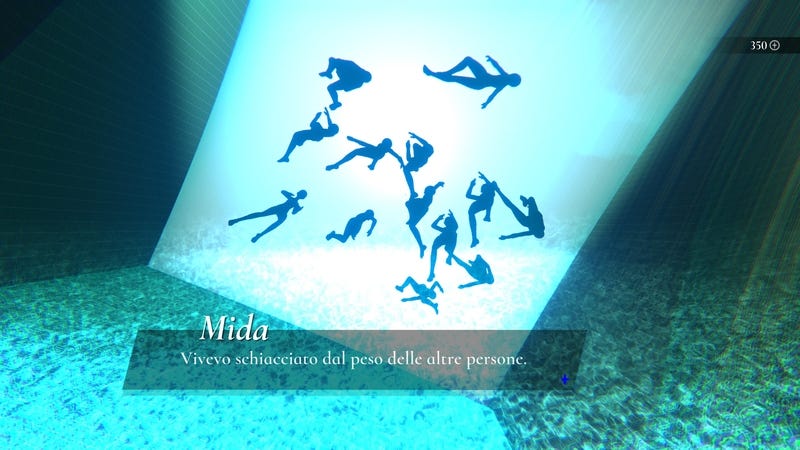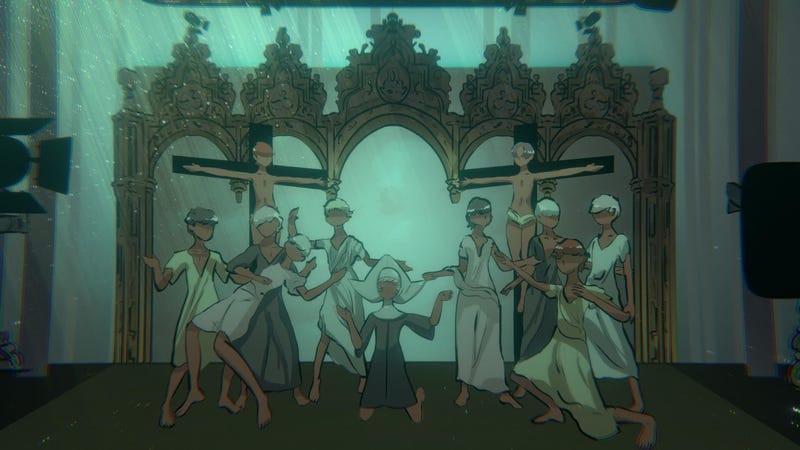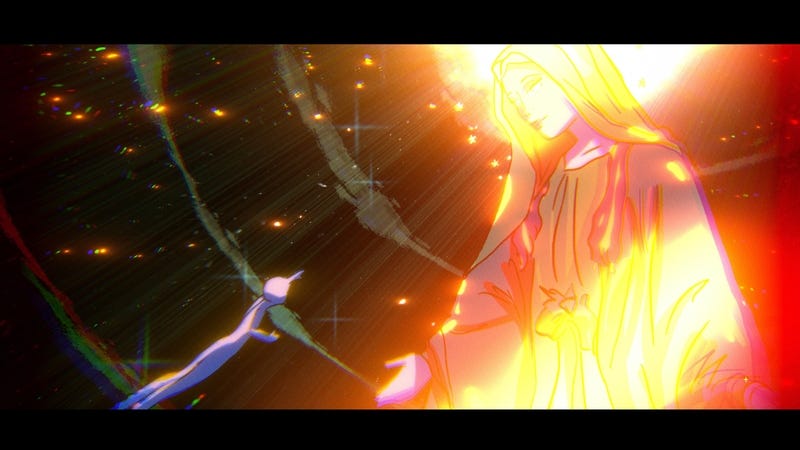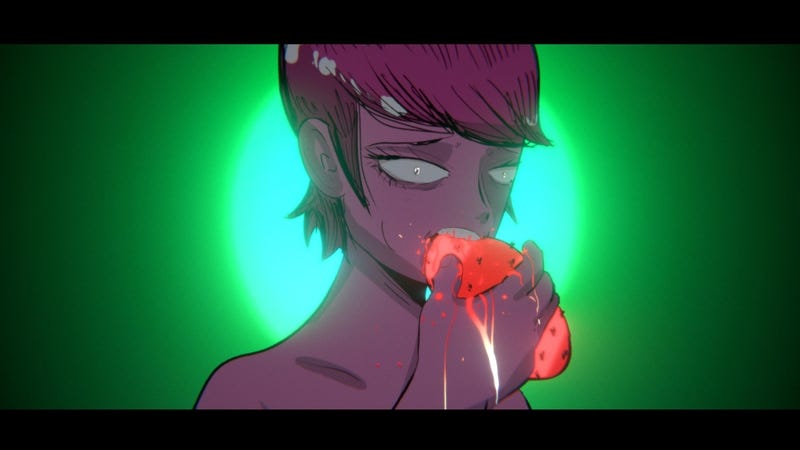Mediterranea Inferno and Pasolini’s La ricotta
An Italian cinema master runs through the veins of a modern game. #cinema #videogame
Welcome back to Artcade, the summer drive-in theater where you can discover classic movies you’ve never seen before. What’s that? It’s February? Maybe a standard movie theater, then? Anyway, let’s bring an umbrella, because you definitely don’t want to miss today’s event. We’ll meet in the usual place—right here, in the lines that follow. Enjoy the read!
Ricotta is a soft, fresh Italian cheese made from whey, a byproduct of cheese production. It has a mild, slightly sweet flavor and a creamy, grainy texture.
In this case, however, La ricotta is a medium-length film, but its runtime doesn’t really matter to us. Far more intriguing is that it was released in 1963 as part of Ro.Go.Pa.G., a movie composed of four episodes, each directed by a different director. Ro.Go.Pa.G. stands for Rossellini, Godard, Pasolini, and Gregoretti.
I can’t help but wonder how these cinema Avengers ended up with a title like that. Why not Greparogo or Pagogregoro? Did Rossellini absolutely have to be first? Then how about Rossepaggo? Pasgorosgre sounds better? Okay, enough.
La ricotta landed Pasolini a conviction for religious offense. Over the span of just 35 minutes, it moves from one stylistic register to another, and from color to black-and-white. At times it feels like Benny Hill, and at others like a behind-the-scenes peek at Ben-Hur. Orson Welles is among the actors—do you need any other reason to watch it? Because there’s more.
Rome takes center stage, featuring the outskirts of the city and its people. In one scene (image below), a row of suburban housing blocks looks like it’s wearing the crown of thorns. After all, for Pasolini, the real martyrs come from those neighborhoods.
The plot has Orson Welles attempting to shoot a religiously themed film. The set designs, inspired by masterpieces by Rosso Fiorentino and Pontormo, burst with color (image below). They’re meant to be static, classic scenes in a state of rapture—at least, that’s what the director wants. But they become living tableaux, animated by the people of Rome. It’s a world of extras teetering on the edge between comedy and tragedy.
Rosso Fiorentino (1521) Deposition from the Cross [Painting] [Altarpiece] [Oil on panel] [148 in × 77 in] Pinacoteca and Civic Museum, Volterra
Pasolini’s La ricotta doesn’t miss the chance to show that the poor and the downtrodden are doomed to martyrdom even when surrounded by art, beauty, and wealth.
Pontormo (ca. 1526-1528) Deposition from the Cross [Painting] [Altarpiece] [Tempera on wood] [123 in × 76 in] Church of Santa Felicita, Florence
Pier Paolo Pasolini (1963) La ricotta [Ro.Go.Pa.G.] [Audiovisual work] [Comedy, Drama] [35 min] Alfredo Bini
Mediterranea Inferno is set in the period immediately after the pandemic. Three young men decide to spend a few days in Puglia (a southern Italian region) to rekindle their friendship, but what was supposed to be a simple vacation gradually turns into a deeper reflection on the most intimate aspects of their personalities.
Given that it’s a solo project (the creator, Lorenzo Redaelli, handled the graphics, music, and every other aspect), it’s impressive how Mediterranea Inferno manages to grab your attention in every frame. Its visual style is a synthesis of many different influences: from Japan to the classics of Italian cinema, with literary references woven in, blending Italian folklore with international folk-horror vibes.

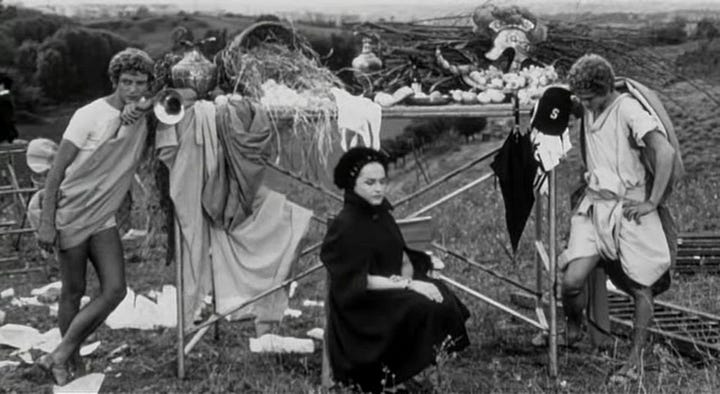
Another scene (above) composed using the formal structure of La ricotta. Mediterranea Inferno rests on an artistic thread connecting 16th-century paintings, 20th-century Italian cinema, and modern video games.
References to religion, contemporary realities, and the queer world create an original landscape where the main focus is the journey and existential struggles of the three co-protagonists. The game is a visual novel, with interactions limited to a few decision points (image below) and to choosing whether or not to grant certain characters access to dreamlike sequences called “mirages.”
Granting access to these mirages is entirely up to the player, who decides both who to “reward” with deeper self-awareness (the mirage is a descent into one character’s hidden inner world) and who to deny it. The inferno in the title is no accident. You’ve been warned.
Lorenzo Redaelli (2023) Mediterranea Inferno [Video game] [Visual novel] [2½ hours] (Playstation 5) [Nintendo Switch, Windows, Playstation 4, Xbox Series X/S] Santa Ragione
Information Desk:
Mediterranea Inferno features an original soundtrack, composed by the game’s own creator.
After Pasolini’s death, Giovanni Cipriani, the lead actor in La ricotta, stopped acting in movies for more than ten years.
You can watch La ricotta in its entirety on YouTube. Here it is:
My last two coins
Religious offense. It’s a strange phrase to encounter in 2025. Yet even today, some people cry scandal over an image that evokes the Last Supper during the opening ceremony of the Paris Olympics. Odd for it to cause a stir, considering Judas was present at that (original) supper. “Much ado about nothing,” as we might say with a nod to theater. Maybe I just don’t understand how these things work. In Italy, at times, simply waving a rosary is enough to call yourself a good Catholic. Pasolini spoke for the downtrodden, telling their stories. Someone in the Bible did that too, if I recall correctly.
See you in the next episode—with a special surprise, ciao!

